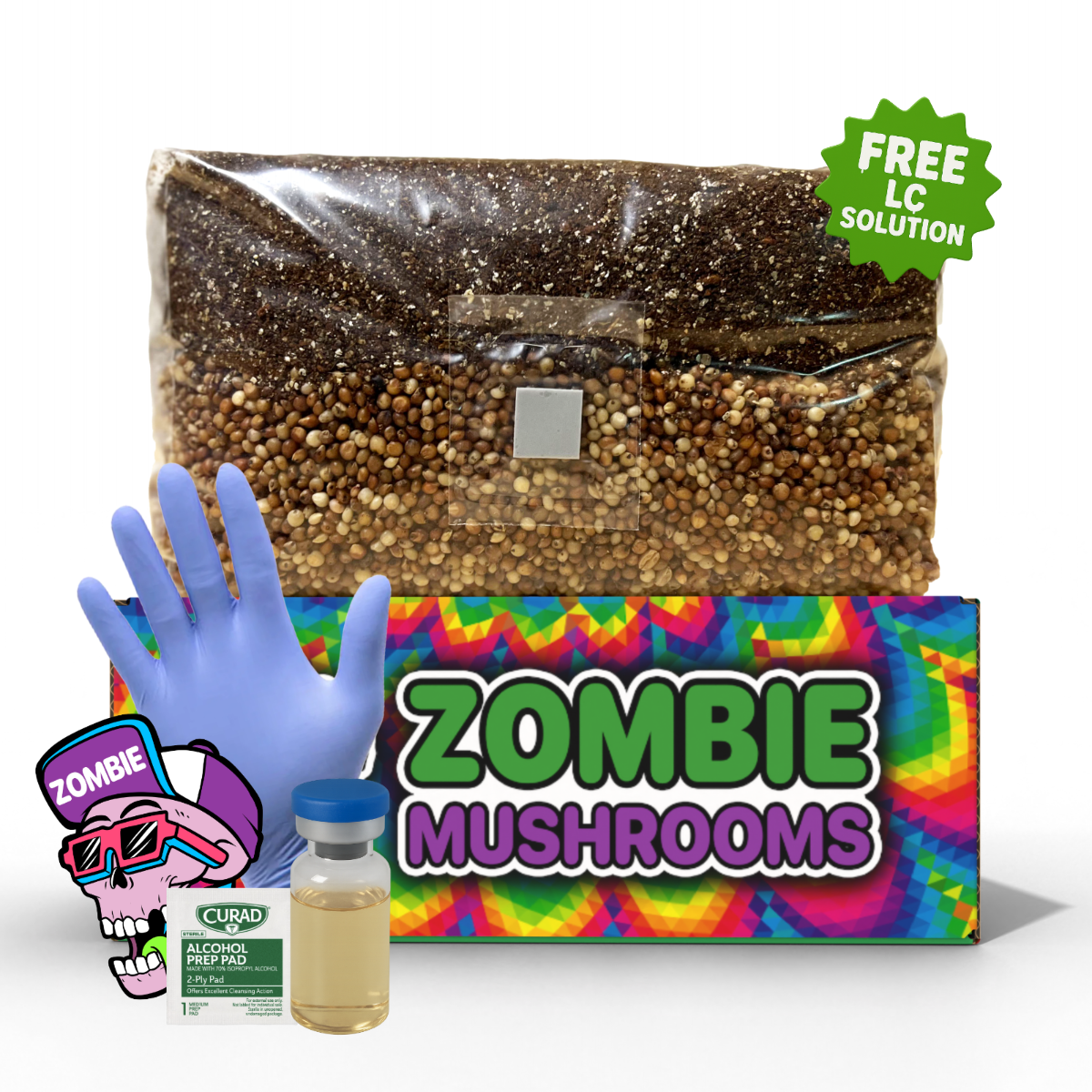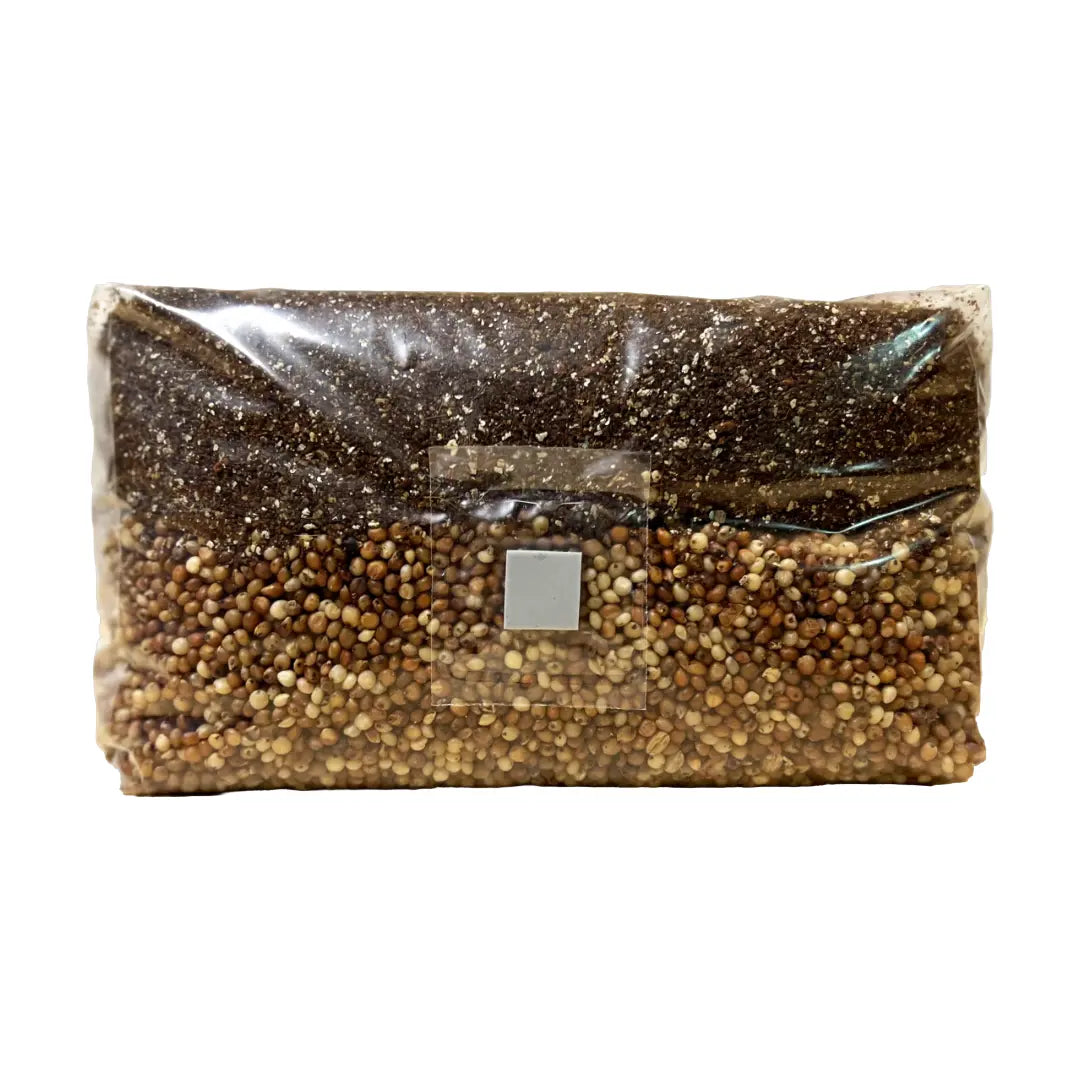⬇️ Prefer to listen instead? ⬇️
- Over 95% of mushroom-related poisonings come from misidentified wild species.
- Plants such as Poison Hemlock and Hemlock Water Dropwort look edible but can be fatal.
- Foraging supports mental health and mindfulness, reducing stress and increasing nature connectedness.
- Ethical foraging practices include leaving enough for wildlife and future plant reproduction.
In uncertain times, more people are turning to nature for comfort, self-reliance, and food. Foraging—once a survival skill of the past—is making a strong comeback. Whether you're curious about harvesting wild mushrooms, gathering herbs for tea, or simply want to feel more connected to the land, this foraging guide tells you how to forage safely, in a way that helps nature, and legally.

What Is Foraging and What Can You Harvest?
Foraging is the ancient practice of collecting wild plants, fruits, flowers, fungi, and other natural resources for food, medicine, or utility. Long before agricultural systems emerged, indigenous people relied on this deep knowledge of the land to survive—and to thrive. Today, foraging offers an easy way to reconnect with those roots while embracing low-impact, eco-conscious living.
In the UK, the legality of foraging is often summarized with a helpful mnemonic known as the "Four Fs":
- Fruit
- Flowers
- Foliage
- Fungi
These include common wild edibles such as:
- Blackberries and raspberries
- Nettles
- Dandelion leaves and flowers
- Elderflowers and elderberries
- Wild garlic
- Hazelnuts
- Edible mushrooms like field mushrooms and chanterelles
Each season brings new offerings. Spring has lots of strong-smelling wild garlic and vitamin-rich nettles. Summer yields juicy berries and aromatic herbs. Autumn becomes prime time for nuts and fungi, while even winter hosts hardy greens like chickweed and bittercress.
By understanding how to forage responsibly, we can enjoy these natural gifts without damaging habitats or endangering ourselves.

Foraging Safety Basics: Start Here Before You Pick Anything
Foraging is safe—if done correctly. Knowing foraging safety principles is essential before you ever consume a wild plant or mushroom. The key mantra?
If in doubt, leave it out.
Although many edible plants are easy to identify when you know what to look for, several have toxic or even deadly lookalikes, some so similar they confuse even seasoned foragers.
Cow Parsley (Anthriscus sylvestris) is visually similar to Poison Hemlock (Conium maculatum)—a plant that has no safe dose and caused Socrates’ death.
Safety tips every beginner should use:
- Cross-reference identification in at least two trusted field guides.
- Compare details like leaf shape, stem color, flower patterns, and habitat.
- Take multiple photos—leaves, flowers, stems, and base.
- Avoid any plant you can’t definitively ID, especially if it belongs to high-risk families like Umbellifers.
Online communities and expert guides are invaluable, but never rely on a single source, especially one with AI-generated information or app outputs.

Mushroom Foraging: Extra Caution Required
Of all the things you can forage, wild mushrooms are among the most thrilling—and the most dangerous.
Hundreds of species of mushrooms exist worldwide, with many species showing up one year and gone the next. While some varieties are delicious and safe, others can cause hallucinations, organ failure, or death. Unfortunately, visual similarity between edible and poisonous types makes mushroom identification particularly tricky.
What makes fungi foraging dangerous?
- Some mushrooms contain delayed toxins, causing symptoms after 6–24 hours.
- Others cause accumulation toxicity, building up over repeated ingestion.
- Several deadly species, like the Death Cap (Amanita phalloides) and Destroying Angel, grow in common woodland areas.
To forage fungi safely:
- Learn key characteristics: spore print color, gill attachment, cap texture, habitat area.
- Practice observing fungi without picking or consuming until you’re confident.
- Join a local mycology or mushroom foraging group for guidance.
- Be cautious of books published internationally; a "safe" mushroom overseas may have toxic lookalikes in the UK.
If you’re fascinated by mushrooms but nervous about wild foraging, start with cultivars. Indoor grow kits such as Zombie Mushrooms offer a safe, controlled introduction to the world of mycology.

Danger Zones: Common Foraging Hazards
Sometimes, the plant is safe—but its environment is not.
A responsible foraging guide doesn’t stop at species identification; it involves understanding where and how plants grow. Roadside dandelions and urban nettles may be edible in the wild, but collecting wild plants from polluted, toxic, or chemically treated land could be harmful.
Hazards to avoid:
- Arum maculatum (Lords and Ladies)—dangerous to touch or eat, containing oxalates that can cause airway swelling.
- Urban runoff—plants along kerbsides absorb pollutants like oil, heavy metals, and herbicides.
- Dog-frequented areas—may host harmful bacteria or parasites.
- Agricultural fields—pesticide overspray remains on nearby hedgerows and wild growth.
Even if a plant or mushroom is edible, consider these questions:
- Is the soil clean?
- Could the area be contaminated by chemicals or waste?
- Is it growing on a toxic host (e.g., mushrooms on poisonous wood)?
Always wear gloves when handling unfamiliar plants and wash harvested items thoroughly before storing or using them.

Taste, Smell, and Other Misleading Clues
Relying on taste and smell for plant ID is a dangerous myth.
Some plants, like wild garlic (Allium ursinum), have a distinctive garlic scent that can aid confirming identification. But others—like the virulently toxic Hemlock Water Dropwort—have a pleasant taste and smell, giving no sensory warnings of their danger.
Why sensory clues don’t guarantee safety:
- The "chew and spit" test is never safe for plants.
- Some toxic plants smell sweet; others are odorless.
- Tasting tiny amounts can cause allergic reactions or poisoning.
In mushroom foraging, limited spore testing techniques allow minimal contact (holding or pressing the cap on paper), but consumption of an unidentified mushroom—no matter how fragrant or seemingly familiar—is never advised. Until you're well trained, let curiosity stop at your eyes and fingertips.

Sustainable Foraging: Walking Lightly on the Land
When learning how to forage, understanding ethical and sustainable practices is just as important as knowing plant names.
Nature is generous, but not infinite. Overharvesting can disrupt ecosystems, deplete pollinator resources, and disturb plant regeneration.
Follow key sustainability principles:
- 🌱 The Rule of Thirds:
- One-third for you.
- One-third for wildlife.
- One-third left to seed and regrow.
- 🚫 Avoid rare or slow-reproducing species.
- 🐝 Harvest in moderation—leave flowers for bees, fruit for birds.
- 🌍 Stick to invasive, non-native species or abundant natives like brambles, nettles, cleavers, and chickweed.
Every action you take shapes your local ecosystem. Good foragers walk away leaving the land better than they found it.

Where to Begin: Start Close to Home
You don't have to travel into the wild to forage. Urban and suburban areas are full of edible plants. Pavement cracks, alleyways, parks, and hedgerows hold everything from blackberries and plantain to hogweed and cleavers.
Beginner steps:
- Start identifying plants near your home using photos and guidebooks.
- Observe how plants change week-to-week and across seasons.
- Track patches where plants grow abundantly and return mindfully.
- Log your findings (date/location/conditions) to build seasonal awareness.

The Emotional and Wellness Benefits of Foraging
More than just a method for acquiring food, foraging is a mental reset.
Researchers and therapists increasingly recognize nature connection as beneficial to anxiety, depression, and burnout. The act of moving slowly, intentionally, and curiously through nature helps regulate cortisol levels and helps calm your mind.
Therapeutic benefits:
- Encourages mindful observation and presence.
- Promotes gentle physical activity in calming settings.
- Improves mood and resilience through sensory engagement and novelty.
- Reconnects us to place, community, and identity.
In Japan, the practice of Shinrin-yoku or “forest bathing” demonstrates how spending time in green spaces doesn't just nurture health—it helps you feel awe, gratefulness, and belonging.
Tools & Resources Every Beginner Needs
Investing in quality foraging tools increases your safety and success.
📚 Books
- The Forager’s Calendar – John Wright (seasonal guidance from River Cottage's foraging expert)
- Collins Complete Guide to British Wild Flowers – ideal for plant ID
- Food for Free – Richard Mabey (pocket gem for spur-of-the-moment trips)
🛠️ Other Tools
- Plant/mushroom ID apps (use with extreme caution)
- Pocket knife or snips for clean harvesting
- Field notebook or phone for photos and journaling
Capturing your plant observations over time not only builds retention—it creates a personal guidebook fine-tuned to your own environment.

Online & Community Learning Resources
There’s no need to go it alone. Online communities empower beginning foragers with peer support and learning. You may easily find Facebook groups dedicated for likeminded individuals who are also interested in plant ID and mushroom foraging.
📎 Tips for group posting:
- Include detailed photos, backgrounds, and nearby habitat.
- Always note location and date.
- If offering an ID, say if it’s a guess—lives may depend on accuracy.

Ethical Considerations of Foraging
Foraging is not just what you take—it’s how you relate.
Ethical foraging respects:
- Only harvesting what’s abundant and safe.
- Cultural sensitivities—avoid overharvesting plants with Indigenous or local significance.
- Other species—what feeds you may also feed birds, bees, and pollinators.
- Regeneration—don’t kill plants; gather in ways that encourage regrowth.
Ask first, harvest mindfully, and offer thanks. Foraging is a conversation with the land.
Final Tips: Safety and Joy in Foraging
Foraging isn’t about knowing everything—it’s about learning more, one step at a time.
Key rules to live by:
- Confirm plant ID with multiple sources and methods.
- Observe plants throughout entire growing seasons.
- Keep a visual and journal log of your experiences.
- When in doubt, ask someone with more experience, or just don’t eat it.
You don’t need to be an expert to begin—you just need curiosity, respect, and a guide you trust.
Happy foraging! And remember: with wild food comes great responsibility.
If you're curious about mushrooms but unsure where to begin, start with a controlled indoor kit from Zombie Mushrooms—no guesswork, just delicious education.


